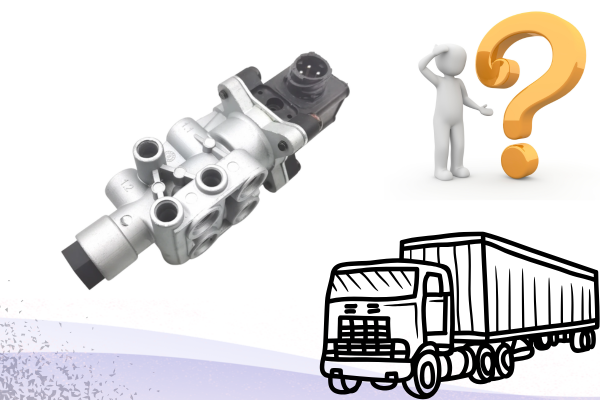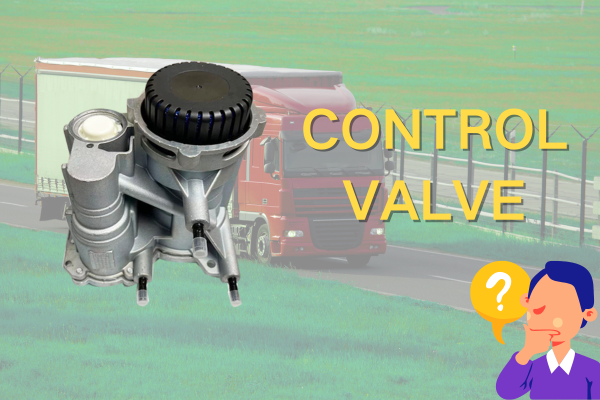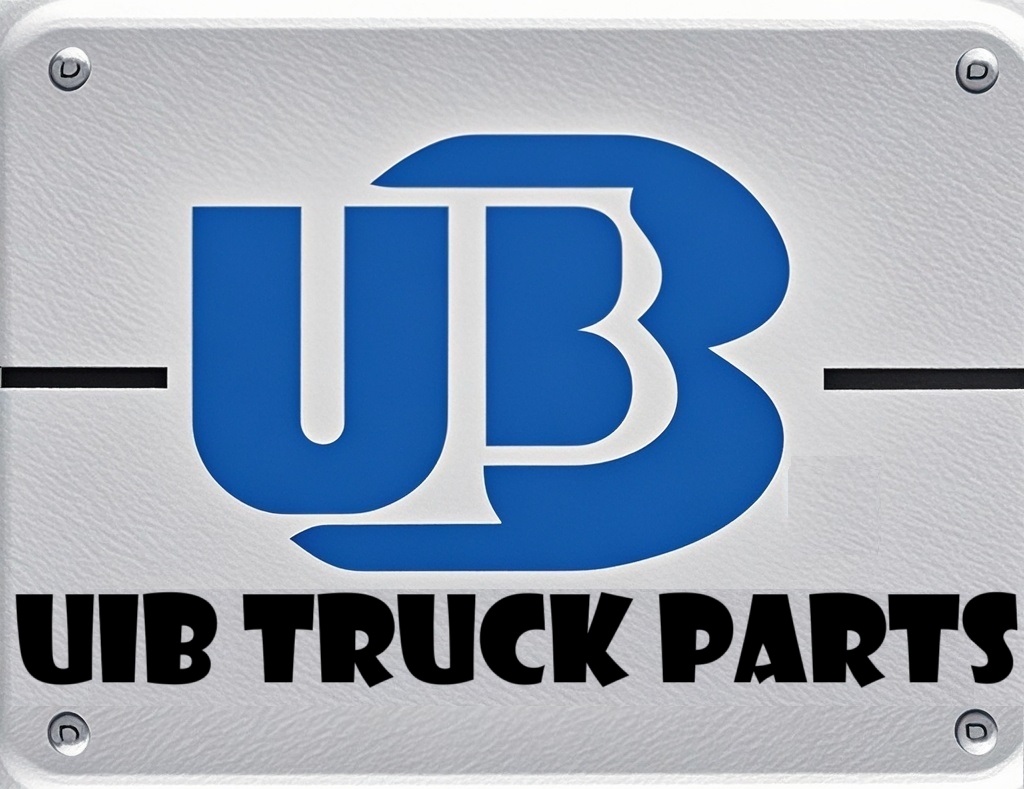About Us
The Impact of Truck Component Quality on Performance and Service Life
Views : 171
Update time : 2025-06-26 10:37:59
The quality of truck components directly affects the vehicle's performance, service life, and operational safety. Below is a detailed analysis of specific impacts across multiple dimensions:
I. Powertrain System: The "Lifeline" of Core Performance
1. Engine Components
- Cylinder Block/Cylinder Head: Inadequate material strength (e.g., cast iron with impurities) can cause deformation or cracking at high temperatures, leading to cylinder pressure leakage, power attenuation, or even engine seizure. For example, poor sealing surface precision of low-quality cylinder heads may allow coolant to leak into the combustion chamber, causing "cylinder head gasket failure."
- Piston/Connecting Rod: Low-quality piston rings have poor wear resistance, prone to air leakage and oil burning, increasing fuel consumption by 2-3L per 100 km. Insufficient toughness in connecting rods may lead to fracture under high load, causing engine "爆缸" (catastrophic failure).
- Injector: Take piezoelectric injectors as an example. Inferior products have poor spray atomization (e.g., particle diameter >15μm), resulting in incomplete fuel combustion. This not only increases fuel consumption by 10%-15% but also reduces engine power by 5%-8% due to excessive carbon deposition.
2. Cooling/Lubrication Systems
- Radiator: Low-quality radiator fins (e.g., insufficient aluminum content) reduce heat dissipation efficiency. Prolonged engine overheating accelerates aging of components like pistons and valves, shortening their lifespan by over 30%.
- Oil Pump: Unstable oil pressure causes poor lubrication of key engine parts (e.g., crankshaft bearings), increasing wear rate by 5-10 times and potentially leading to "shaft seizure."
II. Chassis System: The "Foundation" of Handling and Safety
1. Transmission System
- Clutch: Poor-quality friction plates (e.g., high asbestos content) cause slipping, obvious gear shifting 顿挫 (jerks), and a service life only 1/3 of high-quality ones (e.g., 100,000 km for quality clutches vs. 30,000-50,000 km for inferior ones).
- Transmission Gears: Inadequate machining precision (e.g., tooth surface roughness >1.6μm) leads to meshing noise, gear skipping, or even gear fracture, with repair costs reaching tens of thousands of yuan.
2. Braking System
- Brake Pads/Rotors: Low-quality brake pads have unstable friction coefficients (e.g., sharp drop at high temperatures), extending braking distance by over 30% (e.g., standard 60km/h braking distance is 15m, but inferior parts may require 20m). They also wear out faster, needing frequent replacement.
- ABS Sensors: Low signal accuracy disables anti-lock function, increasing skid risk on wet roads.
3. Suspension System
- Leaf Spring: Insufficient material fatigue strength (e.g., yield strength <500MPa) causes elastic decay, 加剧 (exacerbates) vehicle 颠簸 (jitter), increases cargo damage rate, and induces frame cracks due to vibration stress concentration.
III. Body and Electrical Systems: The "Guarantee" of Durability and Reliability
1. Body Structural Components
- Frame: Insufficient steel strength (e.g., yield strength <345MPa) causes deformation under load, affecting wheelbase stability and aggravating tire uneven wear (increasing wear on one side by 50%). A tilted cargo box may also cause goods to overturn.
- Cab Shell: Poor welding (e.g., virtual welds) reduces sealing, leading to rain leakage and increased wind noise. Long-term vibration may cause interior parts to fall off.
2. Electrical Components
- Battery: Impure plate materials (e.g., lead-calcium alloy with impurities >0.1%) cause rapid capacity decay, difficult winter starting, and a service life of only 1 year (vs. 3-4 years for quality batteries).
- Sensors: For example, a water temperature sensor with accuracy error >5℃ causes ECU misjudgment, abnormal fuel injection, and excessive emissions (e.g., NOx increases by 20%), failing annual inspections.
IV. Comprehensive Impacts: From Operational Costs to Safety Risks
1. Soaring Maintenance Costs
- Frequent failures of inferior components (e.g., 2-3 times more repairs annually than quality parts) increase annual maintenance costs by 5,000-10,000 yuan.
- Damage to key components (e.g., engine, transmission) may shut down the vehicle, causing daily loss of 800-1,500 yuan in 误工费 (downtime costs).
2. Significant Shorter Service Life
- If core components (engine, frame, etc.) use inferior parts, the vehicle life may shorten from 8-10 years to 5-6 years, with the residual value reduced by 20%-30% (e.g., used car price drops by 30,000-50,000 yuan).
3. Sharp Increase in Safety Risks
- Failure of braking or steering components can directly cause traffic accidents. For example, loose tie rod ends from low-quality steering systems may make the vehicle suddenly drift, with disastrous consequences at high speeds.
V. Typical Case Comparison
| Component Type | Performance of Quality Parts | Performance of Inferior Parts |
|---|---|---|
| Piezoelectric Injector | Injection precision ±1mg, fuel consumption 8L/100km, 5-year life | Injection precision ±5mg, fuel consumption 10L/100km, oil leakage within 1 year |
| Brake Pads | 60km/h braking distance 15m, wear 2mm/100,000 km | Braking distance 22m, wear 5mm/100,000 km |
| Leaf Spring | No deformation under 50-ton load, 800,000-km life | Deformation under 30-ton load, 300,000-km life |
Conclusion: Quality Is the Core of "Cost-Effectiveness"
Seemingly low-cost inferior components actually erode operational profits through "high fuel consumption + high maintenance + short life + high risks". For a truck operating 100,000 km annually, using quality parts can save 20,000-30,000 yuan per year compared to inferior ones, while significantly reducing safety hazards. Therefore, choosing original or certified brand components is key to ensuring truck performance and service life.
Related News
 Revealing Three Little-Known Facts About Trucks
Revealing Three Little-Known Facts About Trucks
Aug 06,2025
This article presents three little-known facts about trucks, including that the cab can be flipped for engine maintenance, the rearview mirrors are equipped with defrosting and deicing functions, and the small tank next to the fuel tank is an urea tank which is crucial for environmental protection. It helps readers understand the secrets behind truck designs and functions.
 Control Valve: The "Key Steward" in Truck Engines
Control Valve: The "Key Steward" in Truck Engines
Aug 05,2025
This article introduces the role of the control valve in the diesel pump, including controlling fuel quantity and stabilizing pressure; lists symptoms when it malfunctions, such as weakened power and increased fuel consumption; provides maintenance methods, and illustrates through cases that paying attention to the control valve can avoid unnecessary expenses.
 Control Valve: The "Invisible Commander" of Truck Power
Control Valve: The "Invisible Commander" of Truck Power
Aug 05,2025
The control valve is an indispensable core regulating component in the truck power system. Although it hides inside the machinery and keeps a low profile, it relies on its powerful functions to precisely command the rhythm of power output, comprehensively ensure driving safety, and intelligently adapt to various working conditions. With sophisticated design techniques and durable material selection, it can achieve a perfect balance between power and efficiency in various complex scenarios, and can be called the invisible cornerstone supporting the efficient and stable operation of trucks.
 Truck Snow Chains: Safety Guarantee on Icy and Snowy Roads
Truck Snow Chains: Safety Guarantee on Icy and Snowy Roads
Jul 28,2025
This article elaborates on truck snow chains, including their important role on icy and snowy roads, applicable scenarios, selection methods, installation steps, and usage precautions. It aims to provide references for truck drivers to drive safely in icy and snowy weather and reduce accidents caused by slippery roads.
